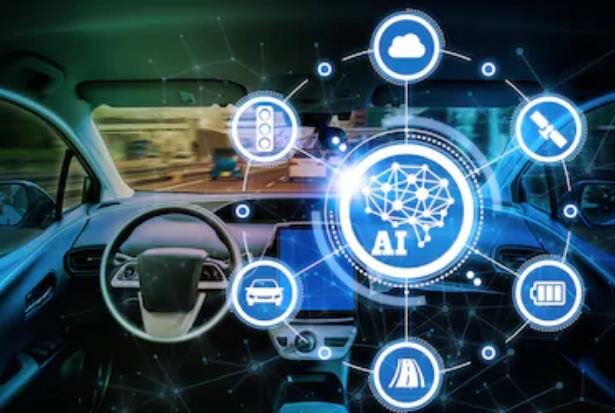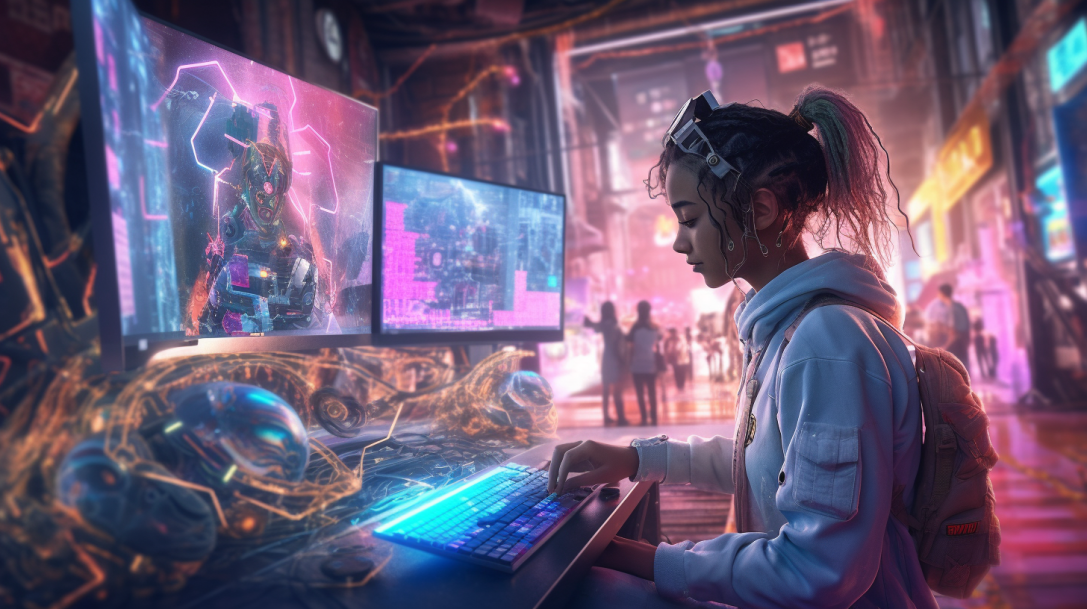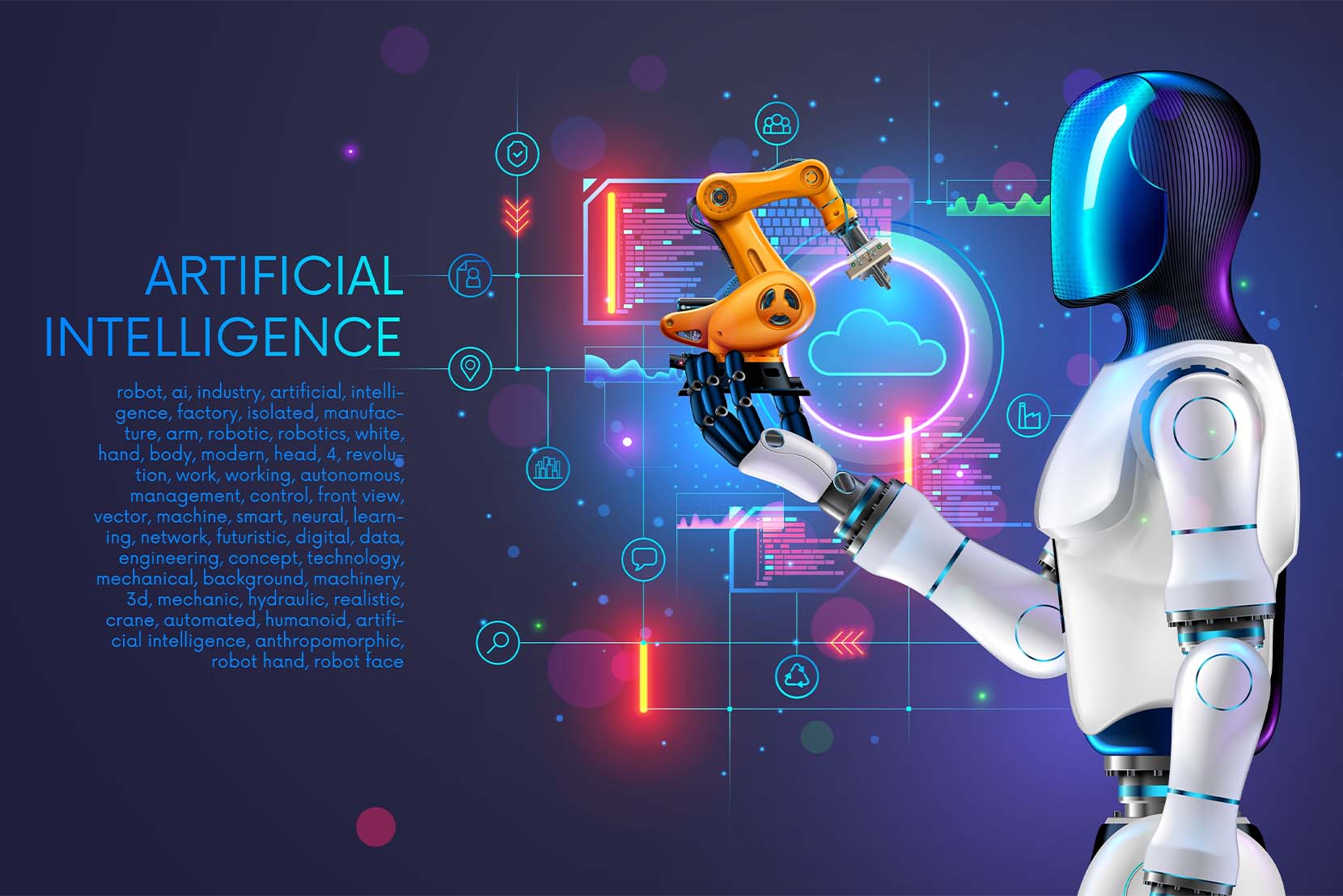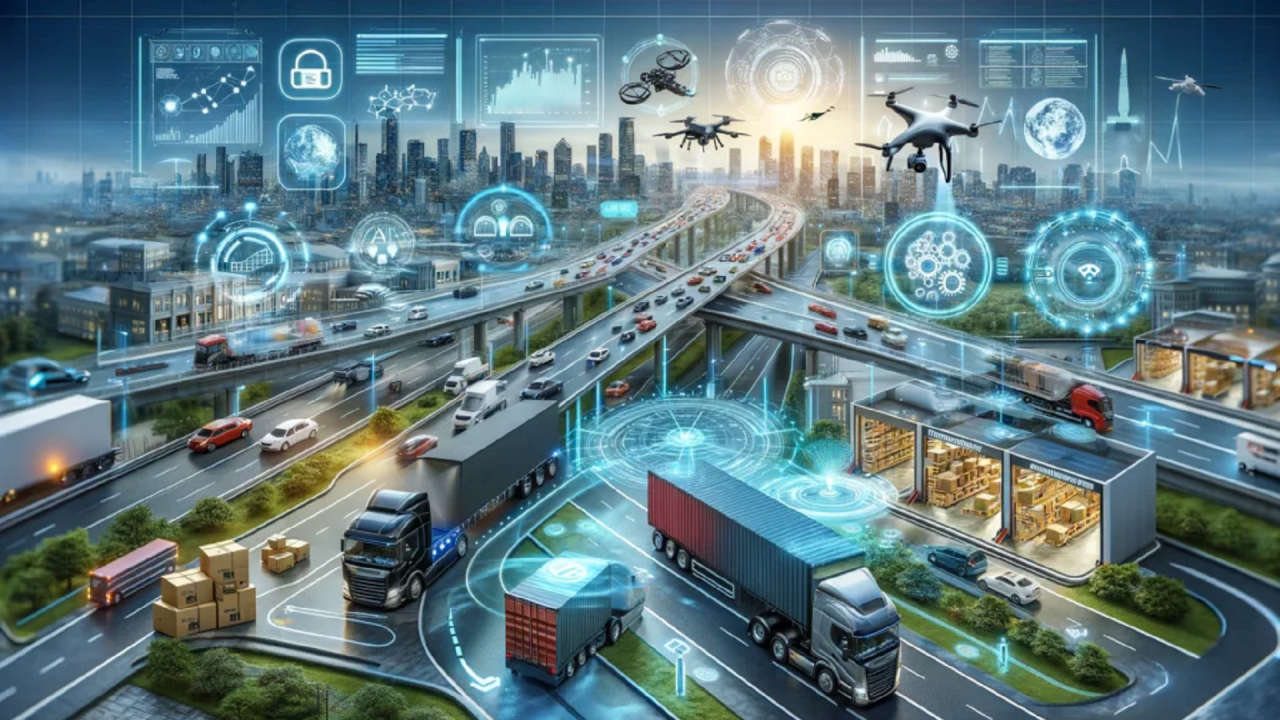Artificial Intelligence (AI) is rapidly transforming the transportation sector, offering smarter mobility solutions and paving the way for autonomous vehicles. However, the integration of AI in transportation comes with significant challenges that need careful consideration.
What is AI in Transportation?
AI in transportation involves using technologies such as machine learning, computer vision, and advanced data analytics to improve traffic management, vehicle automation, logistics, and passenger safety.
How AI Works in Transportation
AI systems in transportation collect and process data from sensors, cameras, GPS, and real-time traffic feeds. They use this information to make decisions about route optimization, vehicle control, traffic flow predictions, and even emergency responses.
Key AI Techniques Used
- Machine Learning: Powers predictive models for traffic patterns, maintenance needs, and route planning.
- Computer Vision: Enables self-driving cars and smart traffic cameras to detect obstacles, signals, and pedestrians.
- Real-Time Data Analytics: Processes live traffic and environmental data for quick decision-making.
- Autonomous Systems: Allow vehicles to navigate with minimal or no human intervention.
Challenges Faced
- Safety and Reliability: Ensuring AI systems in vehicles make consistently safe decisions in unpredictable traffic conditions remains a significant challenge.
- Data Privacy: AI-driven transportation relies on vast amounts of user and location data, raising concerns about how this data is collected, stored, and protected.
- Regulatory Hurdles: There is currently a lack of standardized regulations globally for autonomous vehicles and AI-driven transportation systems.
- Infrastructure Limitations: Existing roads, traffic signals, and public transport systems may not be fully compatible with AI technologies, requiring costly upgrades.
- Ethical Dilemmas: AI systems may face complex moral decisions in emergency scenarios, such as choosing between potential harm to different road users.
Conclusion
AI has the potential to revolutionize transportation, but addressing its challenges is essential for safe and successful adoption. Collaboration between technology developers, regulators, and urban planners is key to overcoming these hurdles and building an intelligent, efficient transportation future.







Leave feedback about this